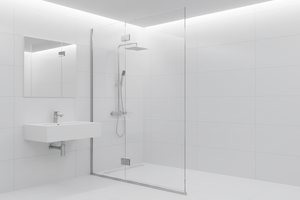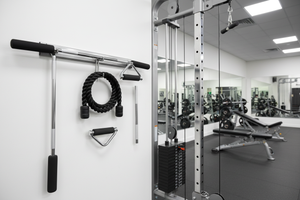Mattress Buying Guide – What to look for in a mattress
Did you know that the average human will spend about a third of their life asleep or in bed? With this in mind, we think it’s fair to say that purchasing the perfect mattress for your needs is crucial.
To get you closer to having the best night’s sleep of your life, we’ve devised this handy little mattress buying guide- although we must advise that the ideal mattress for you may vary depending on personal preferences, health conditions, or various other factors.
Size it up
Before you get buying, ensure that you know exactly what size your bed is. The difference between small singles and singles, kings and super kings, and other similar sizes can often be unnoticeable, but double checking and measuring stops you from buying a mattress that is going to slide around in your bed frame.
It’s what’s inside that counts
Mattresses tend to feature springs, memory foam or latex foam, or another material such as gel – or a combination of two materials. Choose the right one for you for maximum comfort
- Open-sprung mattresses: Containing one long piece of wire coiled into springs, these mattresses are friendly on your bank account, but not so friendly when it comes to supporting your body. Pocket sprung mattresses with individual springs in pockets are more supportive, but make the mattress quite heavy, and the accompanying fillings can exacerbate allergies.
- Foam and latex options are extremely supportive of the body, and can even relieve pressure. Gel mattresses work in a similar manner, but can also offer thermo-regulating properties. However, gel mattresses are quite a recent innovation, and so may end up costing you more.
Your best bet is to establish how much support you need if you would benefit from an anti-microbial/ hypoallergenic mattress, and your budget. After this, it’s a case of selecting somewhere to purchase your mattress from. After that, a member of staff should be able to help you further.
Wait – how do I know when I need a new mattress?
We understand that a mattress isn’t exactly the most inexpensive thing to purchase. As a general rule, you should be looking to replace your mattress every seven or eight years. However, you may find that your mattress is beginning to display a range of warning signs sooner than you thought. If you encounter any of the following, it may be a sign that you may have to dig into your savings.
A sudden emergence of back pains without any other obvious cause may be a sign that your mattress isn’t offering you much support during the night. If in doubt, try sleeping in another bed for a few nights; if you have a better night’s sleep, or your pain disappears, you may need to consider checking out some of our great quality mattresses.
Take a look at your mattress. If it looks lumpy, limp, or damaged in any way, this is a more obvious indication that it’s time to get buying.
Even if your mattress looks and feels fine at the 7-year mark, it’s highly likely that it’s time to purchase a new one regardless. Your back, brain, and body will thank you!
For more information on purchasing a mattress, or to find out more about our range of mattresses, please feel free to contact us.
 1300 760 441
1300 760 441 cs@factoryfast.com.au
cs@factoryfast.com.au Tags:
Tags:






